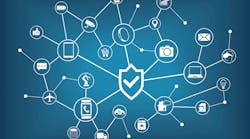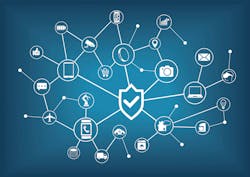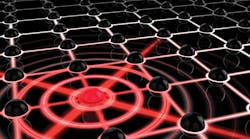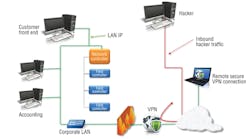If you are anything like me, you probably are not yet totally conversant with the Internet of Things (IoT). You might have a home appliance or home security system that’s connected, but odds are you have not yet thought about how it fits into our HVAC world. For those even less familiar with IoT than I, it’s the connection of sensors and functional devices—other than computers, tablets, and smart phones—to the Internet. These devices can collect and share data and be controlled remotely. One survey predicts there could be more than 24 billion IoT devices—or four devices for every person in the world—in use in the next three years! That translates to approximately $6 billion being spent on IoT solutions, an investment that could return as much as $13 trillion by 2025—not a bad ROI.
There is, unfortunately, a downside to IoT: As with any Internet operation, privacy and security are major concerns. Much like computers, IoT devices connect to each other using Internet transfer protocols. The “http” in website addresses stands for Hypertext Transfer Protocol—the most prevalent protocol in use—and many of us upload large drawing files to FTP sites using the almost-as-well-known File Transfer Protocol. There are a number of commercial platforms connecting IoT devices to data networks, including Amazon Web Services, Microsoft Azure, ThingWorx IoT Platform, IBM's Watson, Cisco IoT Cloud Connect, Salesforce IoT Cloud, Oracle Integrated Cloud, and GE’s Predix.
These platforms’ vulnerability to cyberattack remains to be seen. We do know, however, that in a poll of more than 1,100 information-technology decision makers in medium ($100 million-plus) and large ($250 million-plus) enterprises in seven countries, only 100 respondents did not consider themselves vulnerable to data threats. Obviously, as more devices become connected, cyberattacks will increase, perhaps by means of controls you just designed or installed.
In addition to HVAC controls such as thermostats, individual mechanical components, such as actuators for control dampers, can be directly monitored and controlled via IoT. This permits digital communication without the need for a separate control panel. IoT also can use cloud-based platforms, eliminating the need for an on-site computer and server application. In our HVAC world, the opportunities for IoT solutions are limited only by our imaginations and our clients’ budgets. Many of the functions now being performed by sophisticated building management systems, such as direct monitoring and management of HVAC performance and real-time scheduling from a mobile device or your smart TV (if your kids will let you use it), are becoming simpler.














